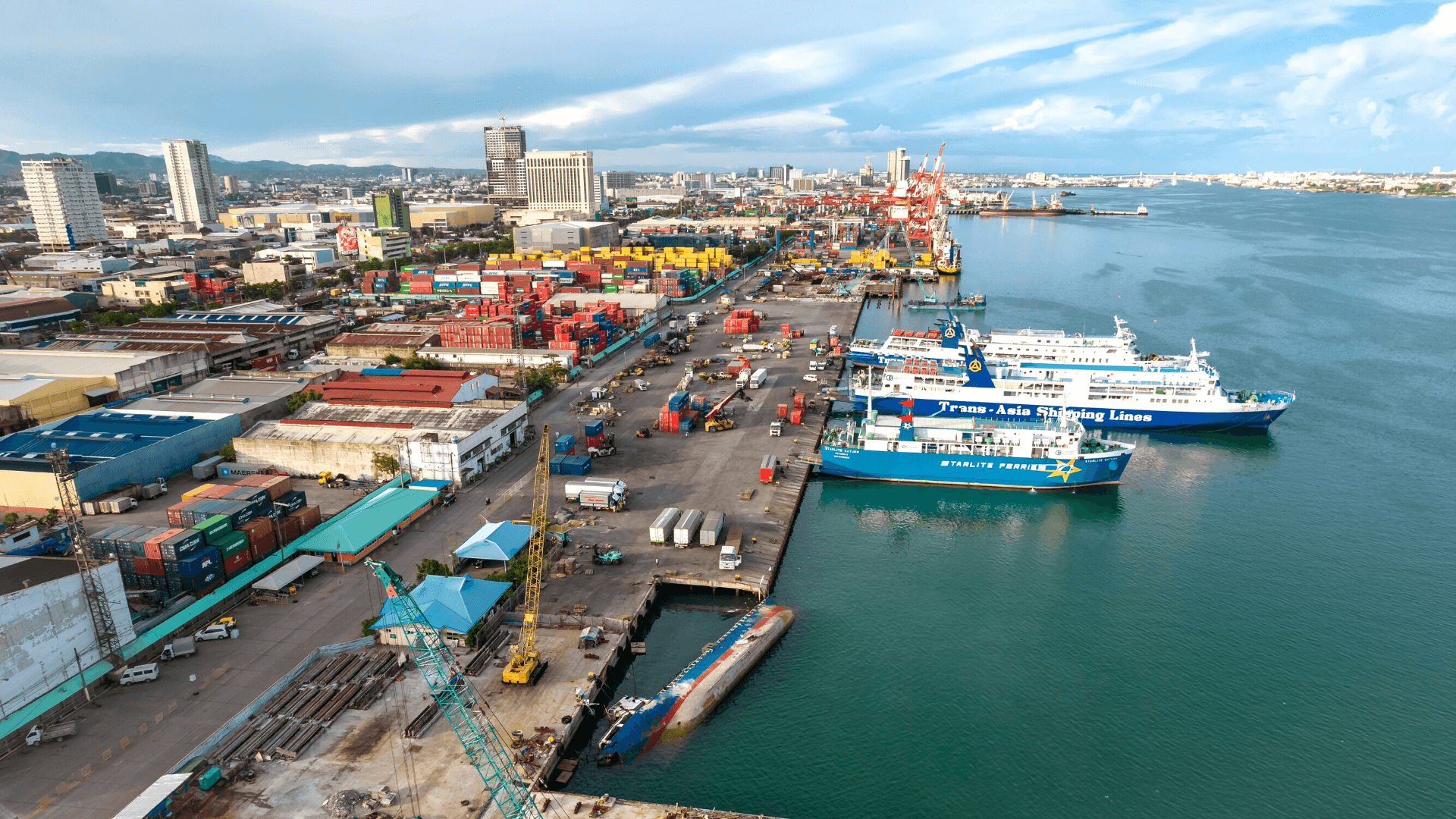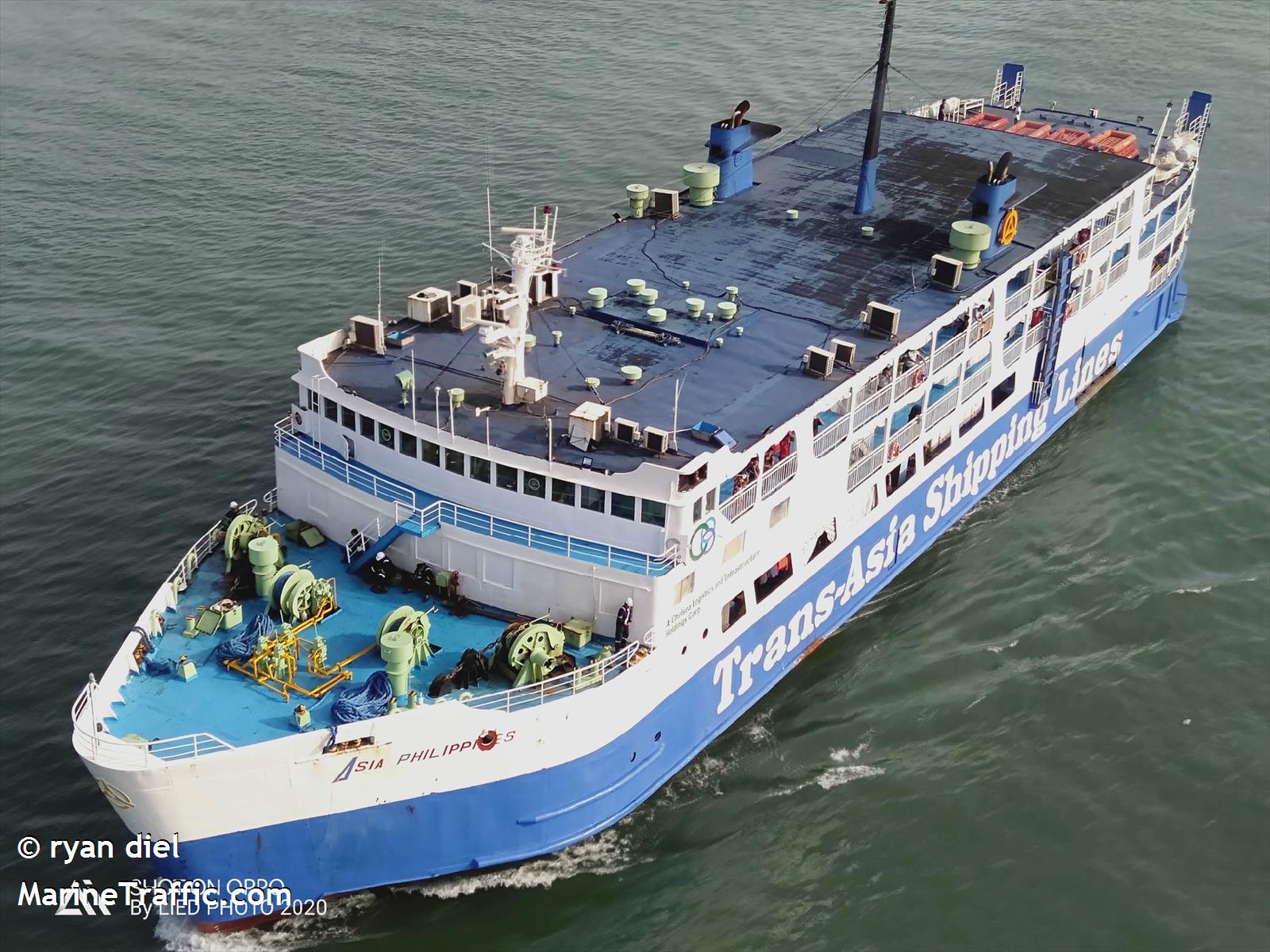Inter-island passenger vessels play an important role in the Philippines’ transport infrastructure Photo: Shutterstock
Just ten years ago, the Philippines had one of the worst records in the world for ferry safety. Crossing its seas with frequent storms and typhoons is a huge domestic fleet of small and large ferries. But since 2016, the island nation has achieved a turnaround in safety statistics – from the world’s worst, to close to the global average. But accidents do still occur, as highlighted by the fire aboard special report ‘Building for the Future’, which is published the second half of October and is circulated at Naftiliaki’s annual Greener Shipping Summit to be held in early November.
The island nation of the Philippines consists of thousands of islands, of which around 2,000 are inhabited. Water transport is a vital component of the country’s transport infrastructure, with private operators running passenger vessels and ferries between the islands. From small motorised outriggers known as motor bancas to roll-on, roll-off car ferries, large passenger ships to state-of-the-art high-speed catamarans, the ferry fleet in the Philippines spans several generations of development.
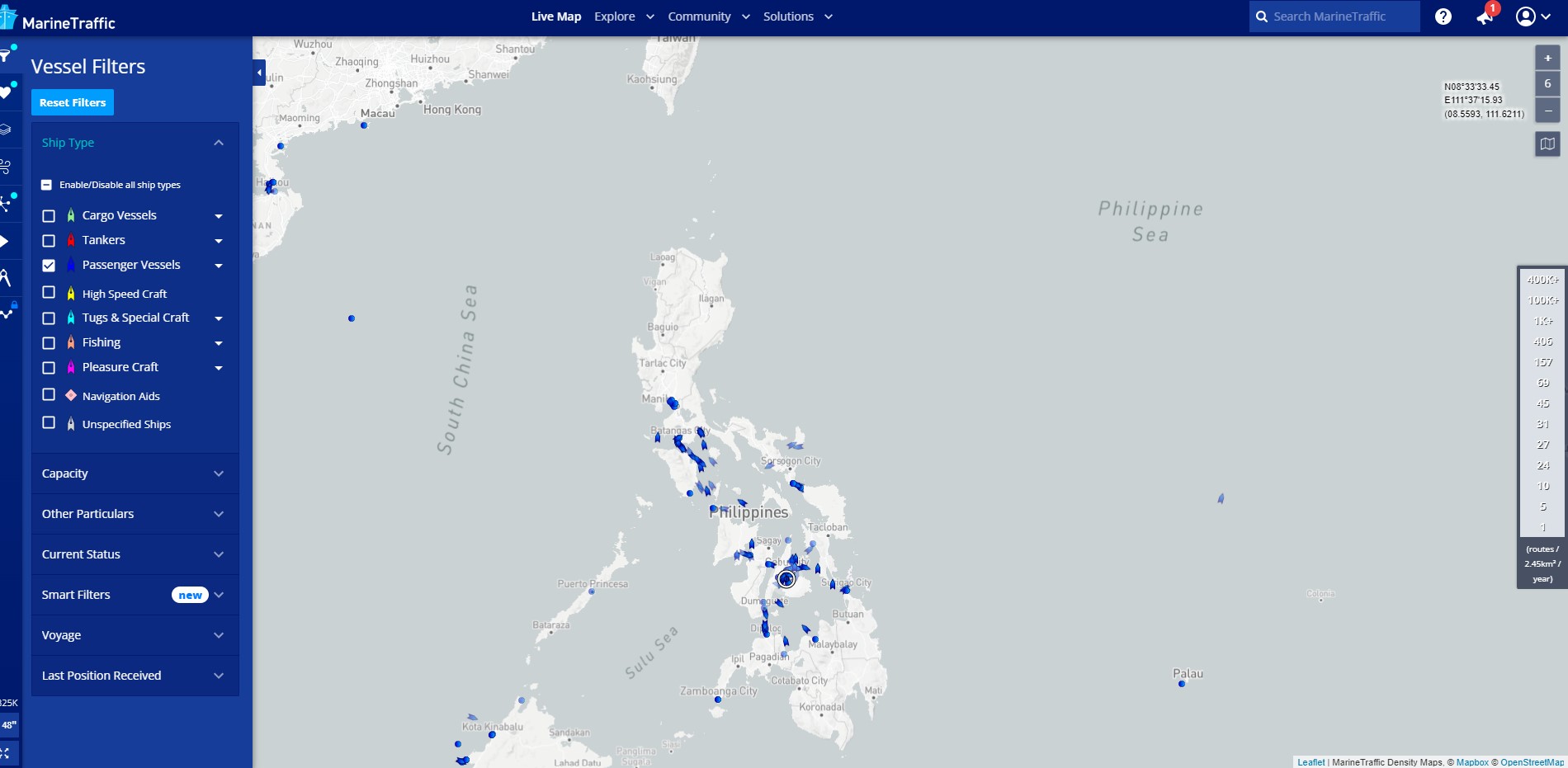
According to the travel website Asia Someday, there are around five main passenger ferry companies operating vessels around the Southeast Asian country. Together they link the larger islands such as Luzon and Mindanao with populations of tens of millions, with smaller islands of only a few thousand people.
The Philippines has an overall population of around 110 million, making inter-island transport a part of life for many people.
The remote location of some of the island provinces, coupled with the region’s propensity for storms and typhoons – according to the BBC, there can be as many as 20 a year – are amongst the reasons for the incidents and accidents that occur on passenger vessels in the Philippines archipelago.
One recent incident in August started when a fire broke out onboard the passenger vessel M/V Asia Philippines. All 85 people (47 passengers and 38 crew) were safely rescued near the vessel’s port destination south of Manila.
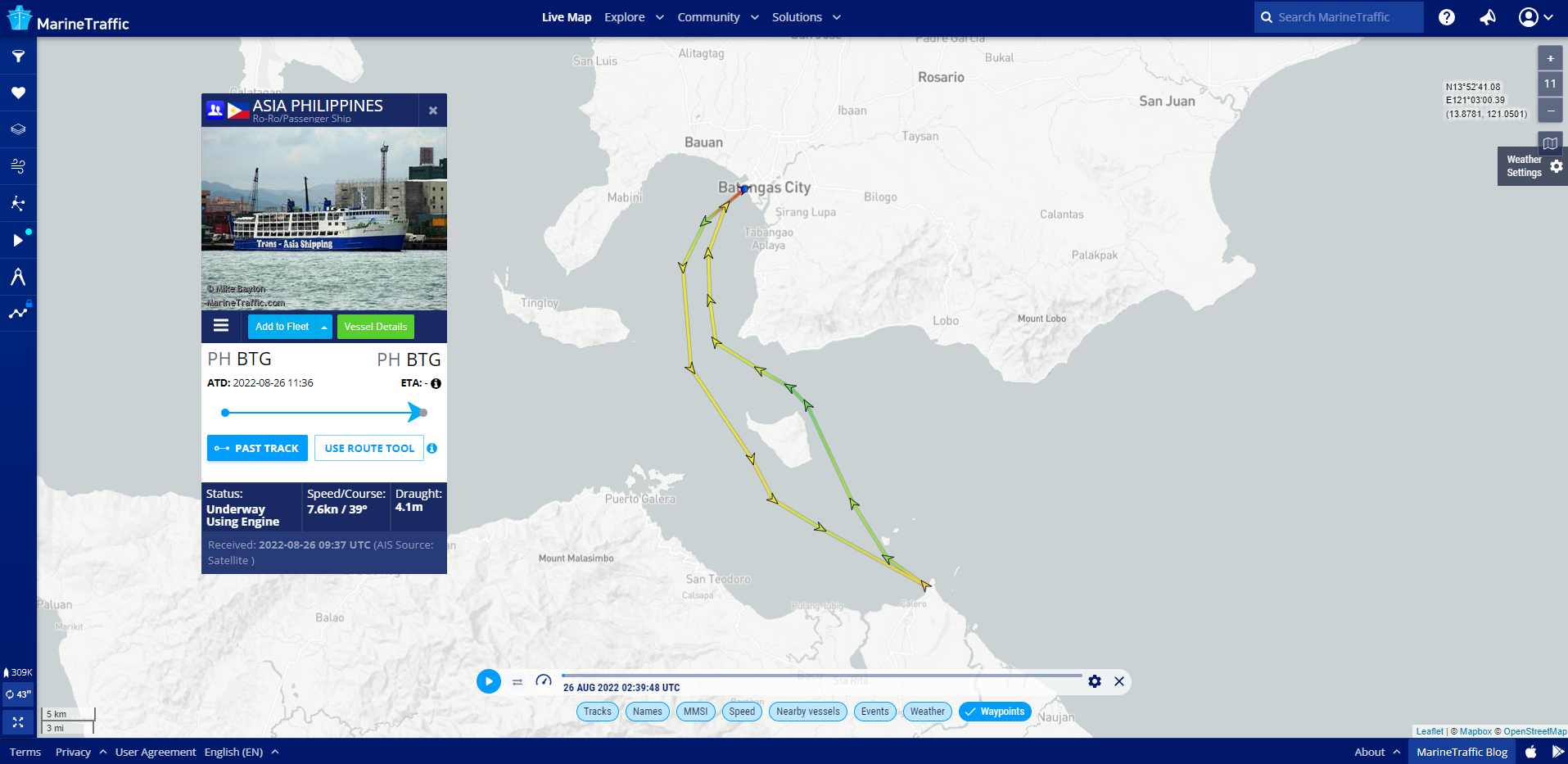
The vessel’s approach to the port can be mapped out using the updated Playback feature on MarineTraffic. It can be seen sailing up to Batangas, where it remains stationary for some time. It was during this time that the fire and subsequent rescue mission took place.
The playback footage shows the MV Asia Philippines sailing up to the coast of Batanga before losing signal
Video footage shows the vessel being circled by coast guard ships as they carry out the rescue operation.
MarineTraffic video shows marine activity in the area as the incident took place
The new MarineTraffic Playback feature has been merged with Past Track features, which means the vessel movement’s movement can be tracked, but when paused, the vessel’s waypoints are also now visible.
The ‘Weather’ feature on MarineTraffic, shows the high winds present at the time, which passengers reported helped the fire on the ship to spread.
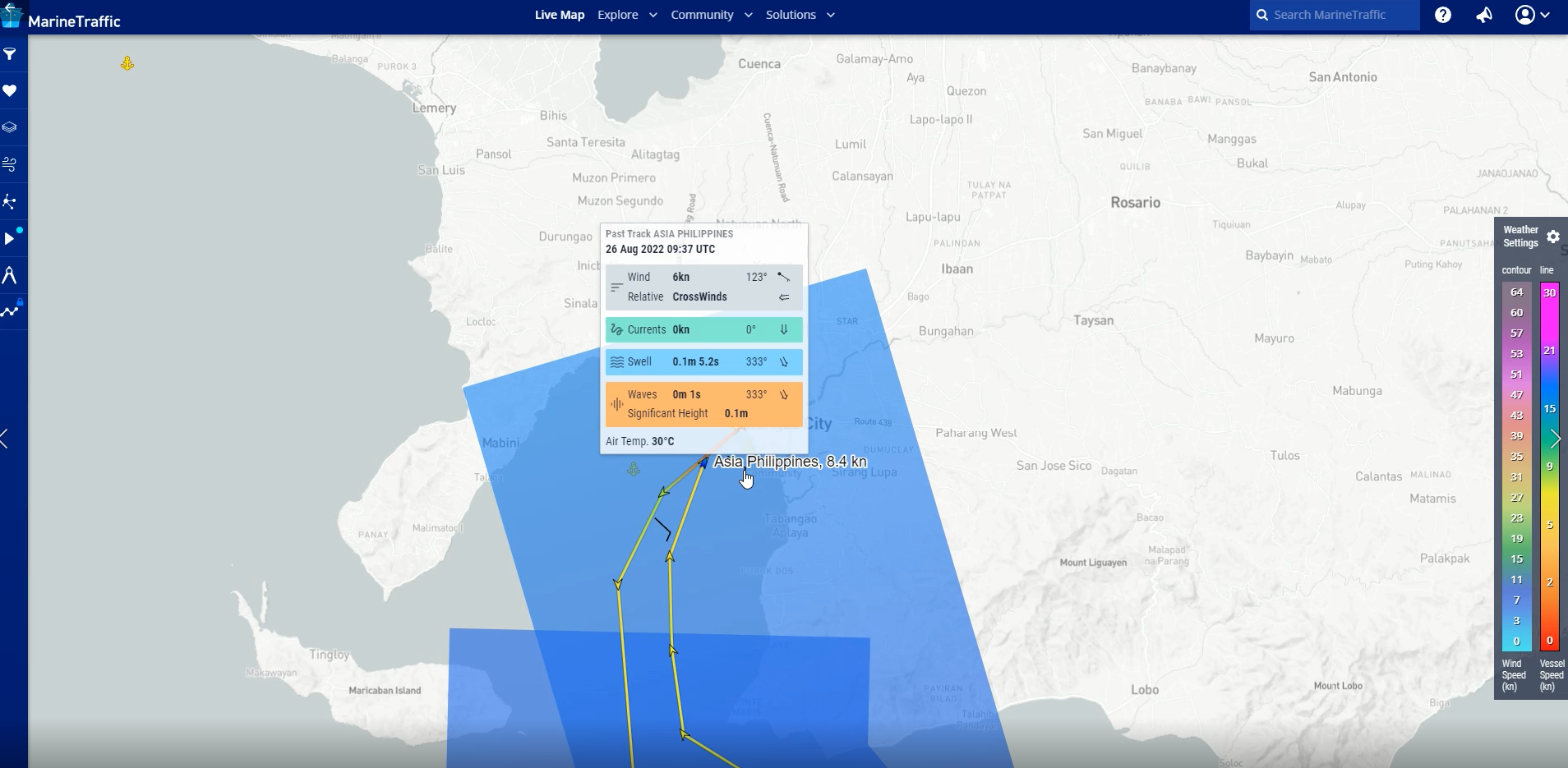
MarineTraffic data shows the weather conditions at a given point during the vessel’s journey
The ferry, which can carry 400 people, was sailing from Calapan city in Oriental Mindoro province and was around 1.85km from the Batangas port when smoke emerged from the second deck.
Nearby coast guard personnel on bancas – small ships local to the Philippines – and tugboats rescued those from the water.
Another ship in the area also aided the coast guard response by extinguishing the fire on the ferry, which was later towed to an anchorage area as an investigation into the cause of the fire began, the coast guard said. Inspectors reported that the 16 vehicles carried on the ferry were not damaged.
The ferry being within such close proximity to the port ensured a rapid rescue of all those involved, officials have said. The ferry remnants have since been towed to an anchorage area.
According to the MarineTraffic as Terrestrial Automatic Identification System (AIS) on 2022-08-26 08:52 UTC, the vessel was last located in the Philippines at position 13° 37′ 45.3″ N, 121° 01′ 04.1″ E.
The MV Asia Philippines, before the fire accident on the 26 August, photo credit: Ryan Diel, marinetraffic.com
